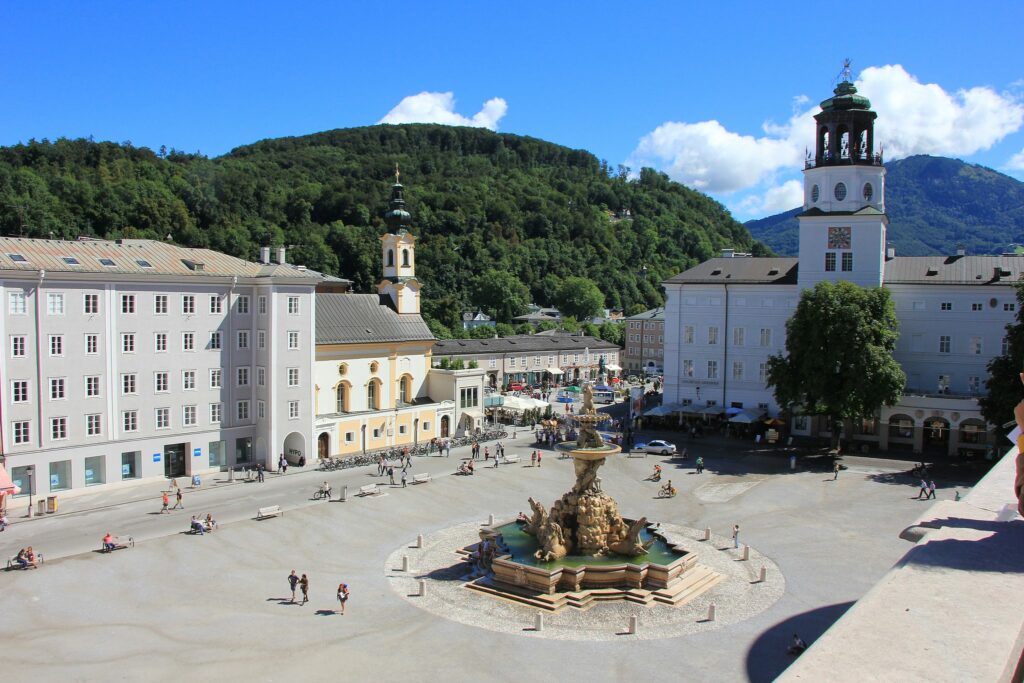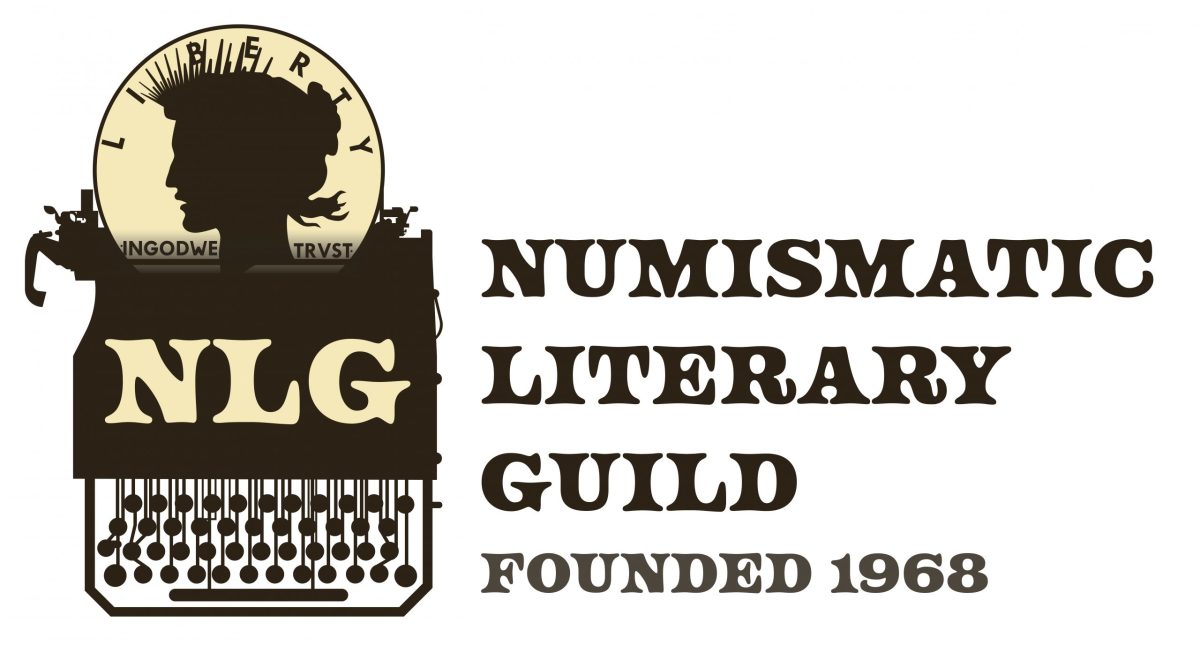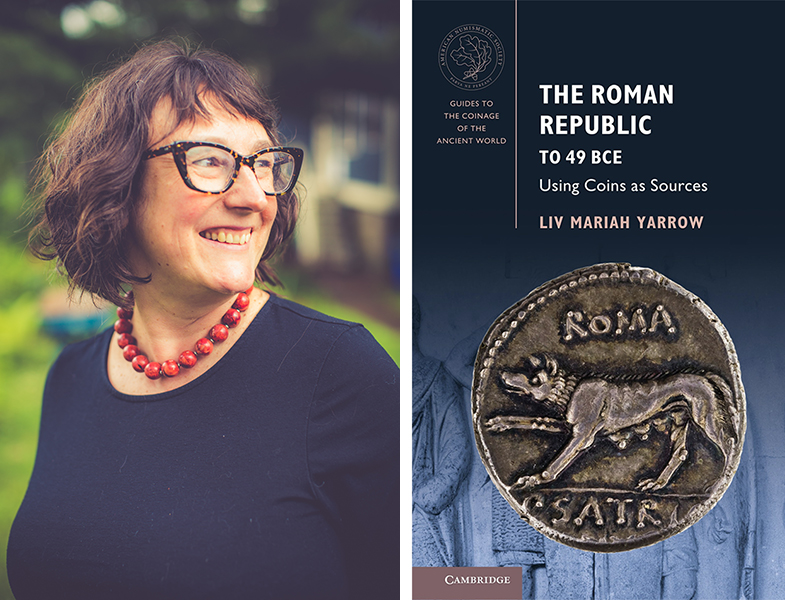ANS to Repatriate 94 War-Looted Coins to the Salzburg Museum
The American Numismatic Society (ANS) welcomes the Director and CEO of the Salzburg Museum, Direktor Hon.-Prof. Mag. Dr. Martin Hochleitner, and Dr. Peter Lechenauer, an attorney representing the Salzburg Museum, to New York for the repatriation of a group of 94 coins stolen from the Museum Carolino-Augusteum of Salzburg in 1945. The coins will be turned over to Dr. Hochleitner and Dr. Lechenauer by Mr. Kenneth L. Edlow, Chairman of the Board of Trustees of the ANS, and Dr. Ute Wartenberg Kagan, Executive Director of the ANS, on Friday, May 26, 2017.
This group of coins came to the ANS in 1995 after our late Benefactor, Mr. Chester L. Krause, brought them to the attention of the curators. Mr. Krause had learned that these coins were rumored to have come from a museum in Austria in 1945 and donated to the ANS the funds to purchase them, so as to ensure that they could be returned to any rightful owner rather than being dispersed on the market. The ANS accepted the gift and acquired the coins in order to preserve the group intact, while curators Alan Stahl and William Metcalf immediately began inquiries with colleagues in Austria to determine whether a legitimate owner could be identified so that the coins could be repatriated.
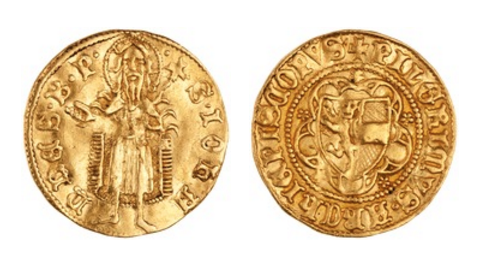
The details of the story, as known at the time, were also published in the 1996 ANS Annual Report. In the last year of World War II, the coins from the Salzburger Museum Carolino-Augusteum were moved to underground storage for protection. After the end of the war, the American occupation authorities took custody of those coins; when they were returned to the museum in 1946, over 2,000 coins were missing. Publications from before and after the war made it clear that the coins the ANS had acquired closely matched some of the missing coins from the Salzburger Museum, but no clear proof was available at that time.
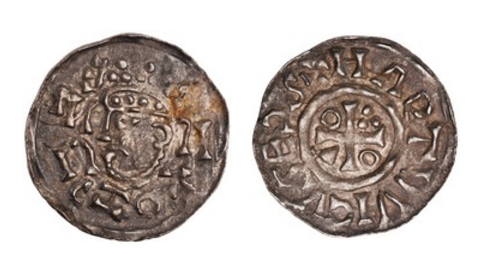
Open-access publication of old ANS annual reports has made them much more widely available, and this brought the story to the attention of more numismatists in Austria. As a result, recent work has been able to match a few coins with earlier photographs and many others, which have inventory numbers written in ink on the surface of the coin, with an old card file in the Salzburg Museum bearing similar numbers. This work has demonstrated that the group of coins can in fact be identified as a small but valuable portion of the coins stolen from the Salzburger Museum over 70 years ago.
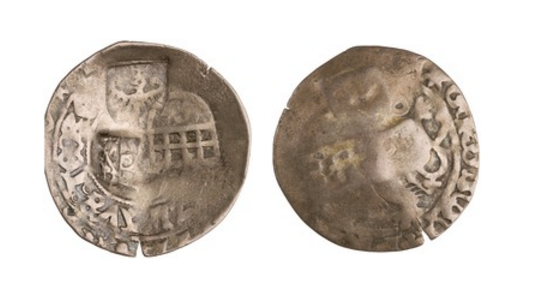
These coins represent an important body of material for the study of the history of Salzburg and Austria. Highlights include a gold florin of Archbishop Pilgrim II of Salzburg (1365–1396), a silver pfennig of the same archbishop, a silver pfennig of Archbishop Hartwig of Salzburg (991–1023), and a Bohemian groschen of the years around 1400 that was counter-stamped for validation by three different cities, Nördlingen, Ulm, and Salzburg. The ANS is pleased to have assisted with their return home.
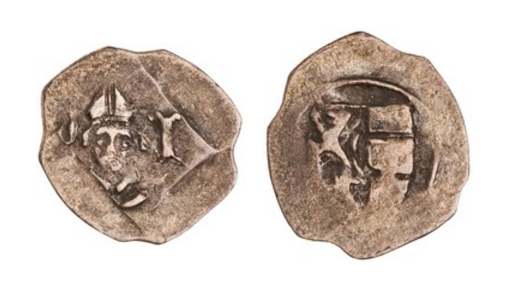
Executive Director Dr. Ute Wartenberg commented on the return of the coins to Austria: “We are delighted that these interesting coins will be returned to the museum where they belong and where people will view and study them. I am also so grateful to the late Chet Krause for his extraordinary initiative in trying to preserve Austrian heritage. A case like this one illustrates that even today museums in the US should be acting perhaps as safe havens for looted objects and be more proactive in acquiring looted objects with the specific purpose to eventually repatriate them.”
The American Numismatic Society, organized in 1858 and incorporated in 1865 in New York State, operates as a research museum under Section 501(c)(3) of the Internal Revenue Code and is recognized as a publicly supported organization under section 170(b)(1)(A)(vi) as confirmed on November 1, 1970.


